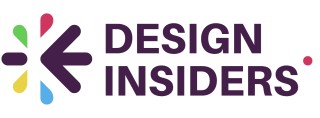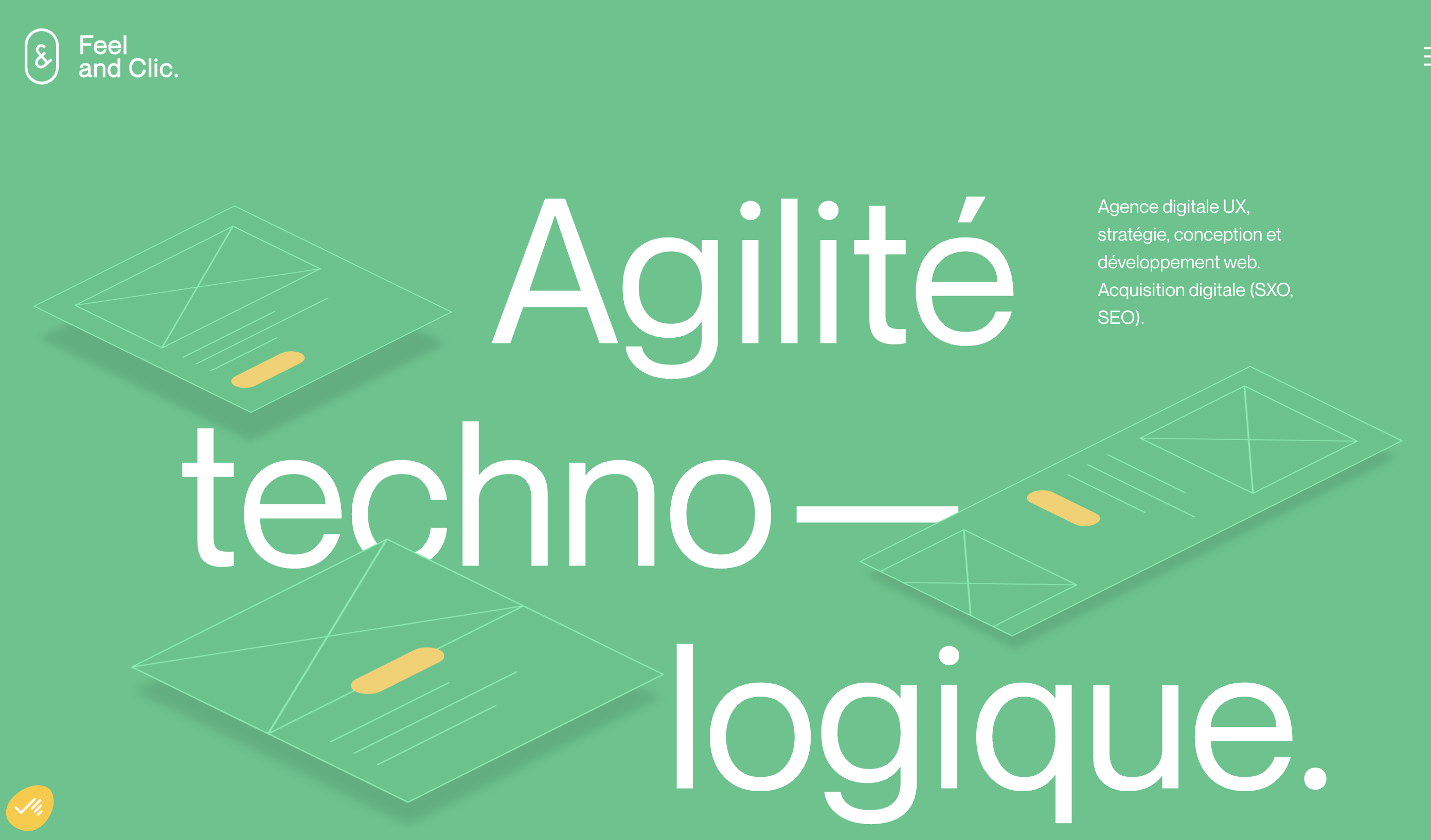
Understanding the Core Responsibilities of a Graphic Designer
Fundamental Duties within the Design World
A graphic designer, often referred to as a graphiste in French, plays a pivotal role in transforming abstract concepts into tangible visuals. This is achieved through a myriad of responsibilities. Primarily, they harness their creative prowess to craft compelling images, designs, and illustrations that resonate effectively with the intended audience.
The iconography of a brand, including its logo design, involves the designer's ability to balance aesthetics with functionality. Utilizing tools like a pencil may seem archaic amidst advanced graphic software, yet it remains fundamental for sketching initial ideas. Moving from concept sketches to a polished graphic, these artists must interpret both basic and complex briefs to produce eye-catching outcomes that align with client expectations.
Moreover, the role necessitates an understanding of both marketing and artistic principles, ensuring the design graphiste effectively conveys messages to diverse markets—from the high fifes of fashion sales to the practical world of shoes. In a landscape where privacy policy concerns are increasingly paramount, they must also stay informed about digital ethics. For those keen on venturing into this field or looking to elevate their career, the sector offers a dynamic spectrum of jobs, each demanding a unique skill set.
For those curious about delving deeper into crafting a distinctive visual narrative, exploring strategies for a distinctive visual signature can be gleaned through detailed insights into branding footprints.
The Creative Process: From Idea to Visual Reality
Transforming Ideas into Visuals
Navigating the world of graphic design involves turning abstract ideas into tangible visuals. This phase builds upon the core responsibilities of a graphic artist, closely intertwined with tools and technologies in this ever-evolving field. From conceptualization to execution, a graphic designer's creative journey mirrors an artful dance between strategy and innovation. The process often starts with a brainstorming session, where the designer wields a pencil to sketch out preliminary ideas. These rough illustrations help visualize concepts and breathe life into thoughts that were once just words. Whether it's crafting a distinctive logo design or fleshing out a marketing campaign with eye-catching graphics, these sketches often lay the foundation for more polished results. In this context, tools like Adobe Illustrator and InDesign become vital allies, offering platforms to refine these initial ideas into sophisticated images. The graphic designer's expertise with these tools allows for seamless translations from sketch to screen, enabling the creation of intricately detailed designs that communicate the intended message effectively. For more nuanced differences between these pivotal tools, reviewing a comparison can be beneficial in selecting the right tool for specific design needs source. Moreover, the integration of digital design with traditional art forms bridges the gap between traditional and modern aesthetics. From the graphite textures reminiscent of classic drawing techniques to vibrant digital color palettes, designers can create versatile visuals that cater to varied experiences—be it for English-speaking clients or multilingual international markets. This creative process, though driven by the designer's vision, is balanced with the expectations set by clients, ensuring the final product remains relevant and marketable across sectors such as luxury shoes or high-profile sales. It involves a delicate interplay between originality and practicality, catering to both the dynamic nature of cultural trends and the strategic goals of marketing campaigns.Tools and Technologies Shaping Graphic Design
Emerging Tools and Technologies in Graphic Design
In the ever-evolving field of graphic design, advancements in tools and technologies continue to redefine how designers create stunning visuals. Understanding these modern tools is crucial for any aspiring or established graphic designer. Let's dive into the essential technologies that are shaping the design world today.- Software Suites: Programs like Adobe Creative Cloud (encompassing Photoshop, Illustrator, and InDesign) are foundational for many graphic artists. These tools provide the flexibility needed to edit images, create illustrations, and design logos, making them indispensable in both web design and print marketing.
- Vector Graphics Applications: Tools like Adobe Illustrator and CorelDRAW are renowned for allowing graphic designers to craft scalable illustrations that maintain high quality, unlike raster images which can blur upon zooming in.
- UI/UX Design Tools: As web design becomes more integral to communication, applications like Figma and Sketch are pivotal for creating intuitive user interfaces that align with modern design trends and high user expectations.
- 3D Modeling Software: The demand for 3D design is rising, with applications such as Blender and AutoCAD enabling the creation of realistic images and animations vital for product design and sale promotions.
Balancing Creativity and Client Expectations
Managing the Dance Between Originality and Client Vision
Balancing creativity with client expectations is a critical skill for any successful graphic designer. This equilibrium ensures that the designer's originality is preserved while fulfilling the business needs and preferences. To strike this balance, it's vital that a graphic designer communicates effectively with their clients—understanding their vision, brand identity, and goals.
One might envision the pencil sketches creating initial illustrations, which then transform into polished images that breathe life into the client’s message. This transformation is where a graphic designer must adeptly combine their artistic flair with English dictionary comprehension of the client's specifications, refining a concept to suit the client’s marketing objectives. Creative freedom in design is important, but the essence of this freedom is in aligning with the client’s vision, thus ensuring a satisfactory product ready for sale.
Such synergy not only yields high-quality logo designs, sign logs, and icons but also enhances the trust between the designer and their clientele. As the design graphiste navigates these expectations, they must be aware of both the creative process and the practicalities involved in accepting jobs that may require adapting their style to various markets, be it shoes or digital products.
The designer’s ability to interpret insights—perhaps gleaned from diverse languages such as English, French, or espanol francais—and integrate them into a substantial creative output sets the stage for enduring professional relationships. This path of nurturing client relationships contributes to job satisfaction and future growth opportunities in the world of graphic art and web design.
In conclusion, viewing these dynamics as a symphony of creativity and clarity, the graphic designer rises to meet both the inherent and spoken needs of their clientele, ensuring a harmonious balance is achieved in each unique engagement.















